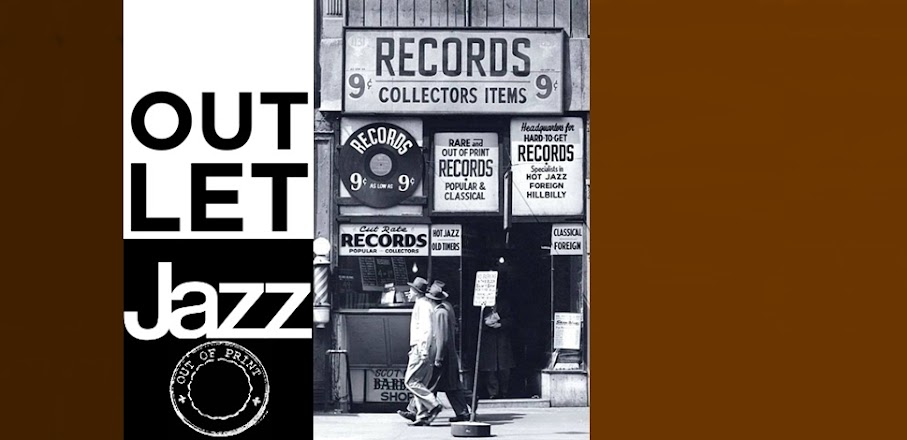Machito (born Francisco Raúl Gutiérrez Grillo, December 3, 1909 – April 15, 1984) was a Latin jazz musician who helped refine Afro-Cuban jazz and create both Cubop and salsa music.He was raised in Havana with the singer Graciela, his foster sister.
In New York City, Machito formed the Afro-Cubans in 1940, and with Mario Bauzá as musical director, brought together Cuban rhythms and big band arrangements in one group. He made numerous recordings from the 1940s to the 1980s, many with Graciela as singer. Machito changed to a smaller ensemble format in 1975, touring Europe extensively. He brought his son and daughter into the band, and received a Grammy Award in 1983, one year before he died.
Machito's music had an effect on the careers of many musicians who played in the Afro-Cubans over the years, and on those who were attracted to Latin jazz after hearing him. George Shearing, Dizzy Gillespie, Charlie Parker, Cab Calloway and Stan Kenton credited Machito as an influence. An intersection in East Harlem is named "Machito Square" in his honor.
The famous producer/supervisor Norman Granz was said to get prompted by Stan Kenton's "Cuban Episode" recorded in early 1950. Then Mr. Granz started to record Afro-Cuban flavoured jazz albums using Cuban musicians.
This album is Mr. Granz's first attempt to an unique blend of Modern Jazz and Cuban rhythms, with the help of Machito (bandleader) and Chico O'Farrill (arranger). Collective personnel includes gorgeous members such as Charlie Parker, Flip Phillips, Buddy Rich, Harry Edison et al. Their fruitful improvisations backed up with steady but swingy latin rhythms sounds so attractive.
Definitely one of the masterpiece in the jazz history. *microgroove.jp*
I have always been tremendously interested in Afro-Cuban rhythms and particularly those typified by Machito's Orchestra and by the arrangements done by Chico O'Farrill, who is probably the outstanding arranger in the United States today for that special musical form. I’ve always been curious, too, to see just how our jazzmen would fit into an Afro-Cuban orchestra. I tried this a couple of years ago on some single sides with Charlie Parker and Machito's orchestra and with Flip Phillips and Machito's orchestra, and the results were gratifying. This, however, is the first time that something serious has been done to fuse these two types of music together. I think, though, the best way to explain it is to let Chico O'Farrill, the conductor and composer of this Suite, tell you: "This work is the attempt to organize into a larger form various types of authentic Cuban dance music. I have purposely chosen rather contrasting material in order to emphasize the great variety of aspects offered by this particular branch of folkloric music — in my opinion one of the most interesting. I've also included a jazz episode, thus recognizing trends which started recently in both Cuban and North American music".
The Suite is divided in two parts; the first part contains two sections subtitled "Cancion" and "Mambo" and the second part is subdivided in three sections: "6/8", "Jazz", and "Rhumba Abierta". The soloist are Flip Phillips on tenor saxophone; Charlie Parker on alto saxophone; and Buddy Rich on drums.
I trust you find this album as provocative and satisfying as we all did in making it.
*Norman Granz (liner notes)*
Side 1
1 - Cancion
2 - Mambo (part I)
3 - Mambo (part II)
Side 2
4 - 6/8
5 - Jazz
6 - Rhumba Abierta
(Composed, arranged and conducted by Chico O'Farrell)
Machito and his Orchestra:
Mario Bauzá, Frank "Paquito" Davilla, Harry Edison (trumpets); Al Stewart, Bob Woodlen (trumpets); -unknown- (cl); Gene Johnson, Charlie Parker, Fred Skerritt (alto saxes); Jose Madera, Flip Phillips (tenor saxes); Sol Rabinowitz (tenor sax, baritone sax); Leslie Johnakins (baritone sax); Rene Hernandez (piano); Roberto Rodriguez (bass); Buddy Rich (drums); Rafael Miranda, Chano Chino Pozo (congas); Jose Mangual (bongo); Ubaldo Nieto (timbales); Machito (maracas).
Recorded in New York City, December 21, 1950.



https://1fichier.com/?9tcrerywhprbxq91ezsu
ReplyDeleteMuchas gracias blbs. Otra pequeña joya.
ReplyDeleteGracias blbs!
ReplyDeleteMuchas gracias,
ReplyDelete